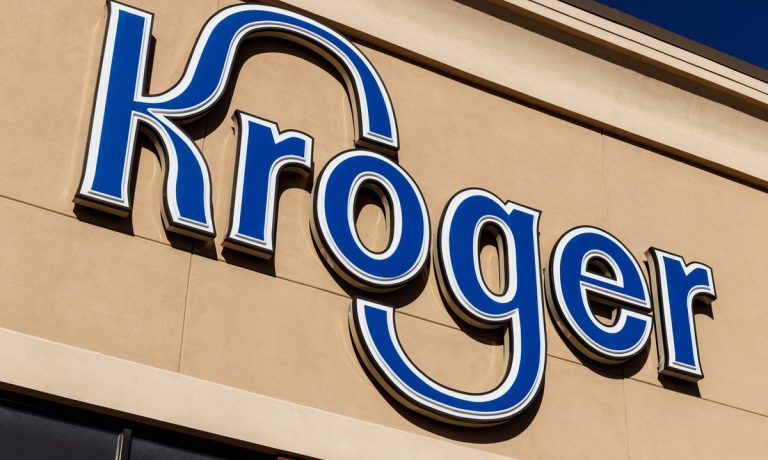
This week in grocery news, Kroger’s membership program succeeds at boosting delivery orders, Ahold Delhaize goes after omnichannel customers, and Hy-Vee joins other grocers in debuting its own retail media network.
In a keynote interview Tuesday (Sept. 19) for the annual Groceryshop conference, Kroger chairman and CEO Rodney McMullen spoke to the success of the grocer’s Boost membership, according to Progressive Grocer.
“When you become top of mind, you’re able to gain share,” McMullen said, according to the report. “Well over half of our delivery business is from Boost members. For us, it’s just part of that overall equation and our aspirations for people to fall in love with the experience, fall in love with our associates and have incredible value.”
The news speaks to the effectiveness of the grocery delivery membership model, which companies ranging from Walmart to Amazon to Instacart have leveraged.
Overall, consumers order delivery directly from grocers significantly more often than from third-party channels, according to PYMNTS Intelligence from the study “12 Months of the ConnectedEconomy™: 33,000 Consumers on Digital’s Role in Their Everyday Lives.”
The report, which drew from surveys of tens of thousands of U.S. consumers, revealed that by November, 40% of consumers reported that they had ordered groceries online for home delivery in the previous month, while 34% had used a same-day delivery site such as Instacart.
In additional Groceryshop news, JJ Fleeman, CEO of Ahold Delhaize’s U.S. business, asserted at a keynote event that omnichannel commerce is a key priority for the company, according to Winsight Grocery Business.
Fleeman said that the company’s goal is not digital sales so much as digital engagement, encouraging consumers to interact with the grocer both online and in stores, given that those who participate across channels are the highest-value customers.
“As we look across the basket, we for sure see that our omnichannel customers spend more,” Fleeman said, according to the outlet. “They are more loyal, they’re more engaged, and it says that’s really kind of what they want and what they’re interested in from us. … Our omnichannel experience is what we’re really focused on, and we’re really making some good improvements there.”
In fact, at this point, more grocery shoppers are omnichannel customers than are exclusively in-store or digital, according to PYMNTS Intelligence from the recent report “Consumer Interest in an Everyday App,” created in collaboration with PayPal.
The study, which drew from a census-balanced survey of more than 2,200 U.S. consumers, found that in the previous 30 days, 39% of respondents had purchased groceries both by using internet-connected devices and via more traditional means. In contrast, only 33% had done so exclusively in stores, and 14% via connected devices, while the remaining 14% did not shop for groceries at all in that period.
As grocers supplement their revenue with ad sales to boost their margins, Midwestern grocer Hy-Vee announced the launch of its own retail media network, dubbed RedMedia, at Groceryshop, according to Supermarket News.
“Retail media is outpacing traditional marketing and will be a game changer in consumer marketing,” said Jason Farver, president of Hy-Vee RedMedia, according to the report. “Leveraging insights allows companies to be smarter and more strategic with their marketing dollars, while also improving the customer experience by reaching the right customer at the right time with the right product offering.”
Many grocers have been launching or upgrading their marketing offerings for brands. Most recently, Walmart’s membership warehouse club chain Sam’s Club announced Tuesday the addition of a Media and Sales Performance Dashboard for advertisers, consolidating data from across the retailer’s business to show in greater detail how campaigns are affecting sales.